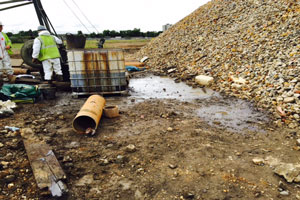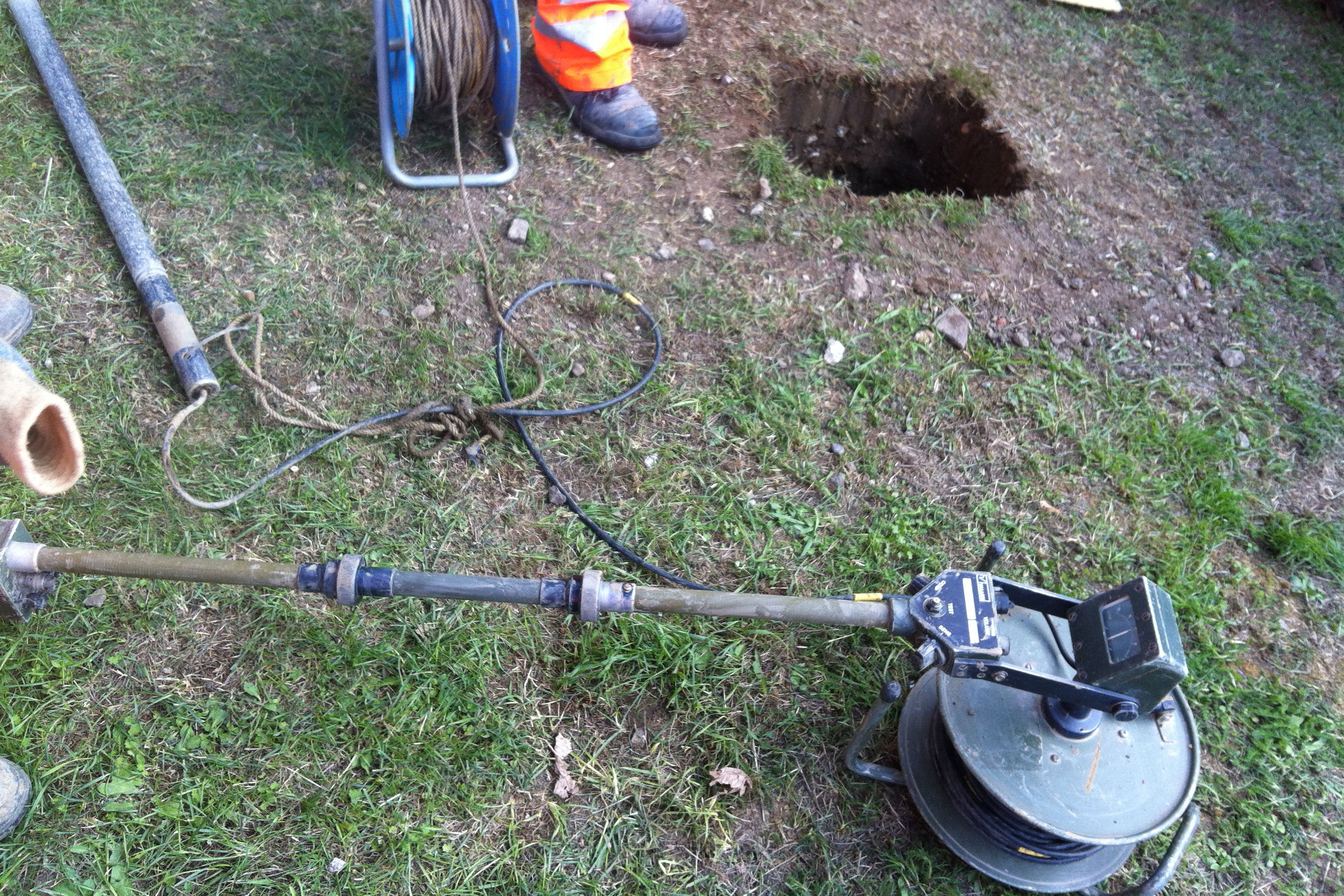
Crossrail – London
LOCATION: London - various
PROJECT TYPE: Ground investigation with installation of instrumentation
VALUE: £130K
BACKGROUND
Crossrail represents one of the largest infrastructure projects undertaken in the UK and runs 118 km from Maidenhead and Heathrow in the west, through new twin-bore 21km long tunnels under central London to Shenfield and Abbey Wood in the east.
Upon opening, it is estimated that Crossrail will increase London’s rail-based transport network capacity by 10%, supporting regeneration across the capital and helping to secure London’s position as a world leading financial centre. It will also cut journey times across the city.
The contract for the construction of the Eastern Running Tunnels (contract C305) was awarded to the Dragados Sisk Joint Venture and this included the sections between Royal Oak and Farringdon west (Drive X – length of drive approximately 6.2 km), Limmo Peninsula in the Royal Docks to Farringdon east (Drive Y – length of drive approximately 8.3 km) and Stepney Green to Pudding Mill Lane (Drive Z – length of drive approximately 2.7 km).
SCOPE OF WORK
Harrison Group were employed by subcontractor Geocisa UK Limited to drill boreholes and install monitoring instrumentation ahead of the tunnel boring machines. This was done to provide additional information on the geology and a means of monitoring potential ground movements associated with tunnel boring and construction.
Before breaking ground, all drilling positions were monitored for the presence of unexploded ordnance (UXO).
Boreholes were drilled within compounds set up at various locations ahead of the tunnel boring operations. All works were undertaken under a strict Permit to Dig system, which was signed of by a Crossrail representative prior to breaking ground.
Drilling locations were generally situated within parks and on highways and pavements, where public access required secure compounds to be set up, often within areas underlain by numerous underground services requiring service tracing and clearance systems to ensure safe working practices. All excavations and subsequent reinstatement works were supervised and undertaken by appropriately trained NWRSA-qualified operatives & supervisors.
Boreholes were drilled using cable percussive techniques to depths in excess of 40mbgl, requiring the use of multiple drill strings with appropriate environmental seals to prevent potential cross-contamination when boring through made ground.
On completion of drilling, instrumentation including vibrating wire piezometers, extensometers and inclinometers were installed in the boreholes and grouted in place. Headworks were then installed and reinstatement undertaken to return the drilling sites to a similar condition to that prior to the works being undertaken.
OUTCOME
All works were successfully completed within appropriate timescales, and to the satisfaction of our client, despite the need to suspend works for certain time periods to allow various local events to take place within public areas.



